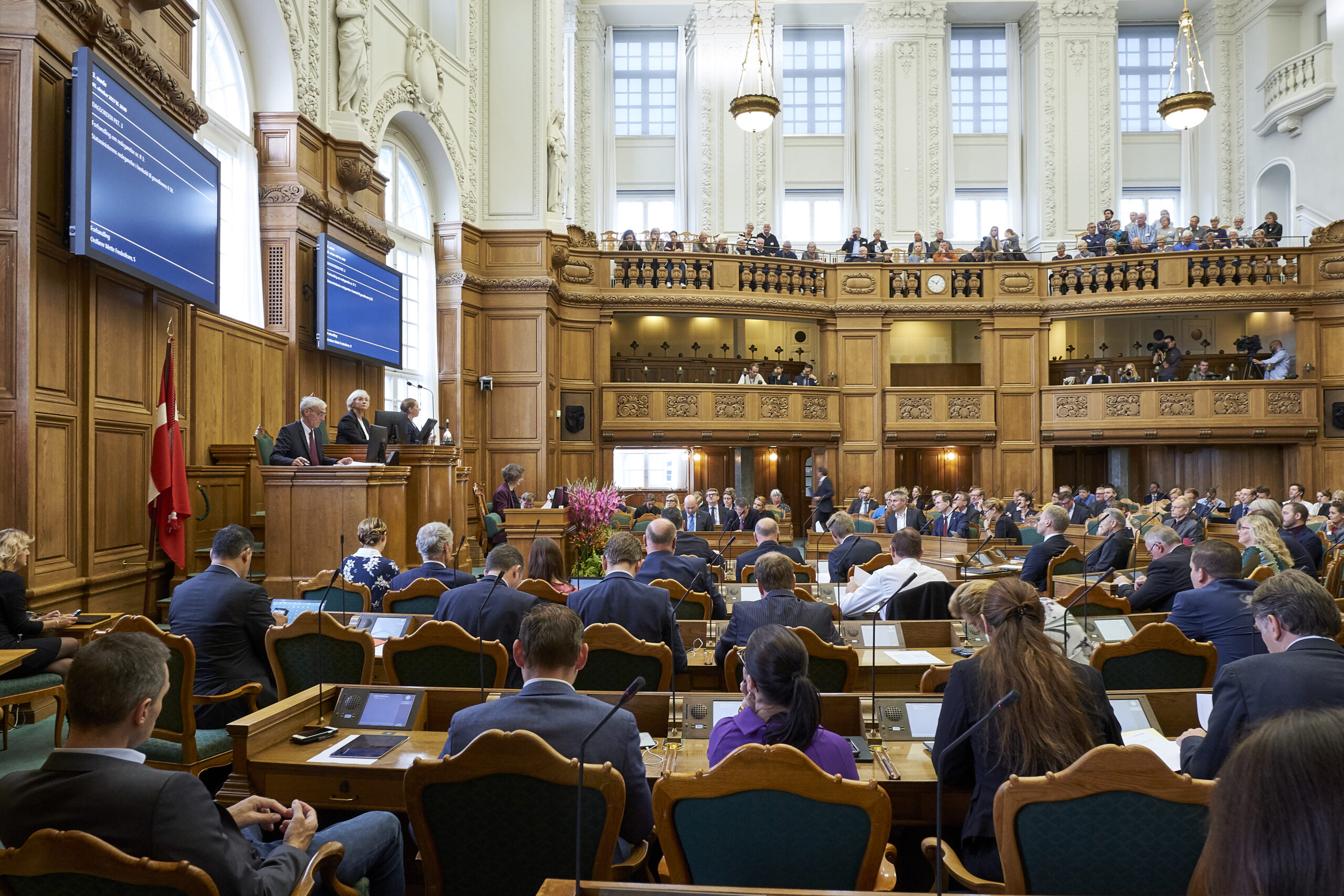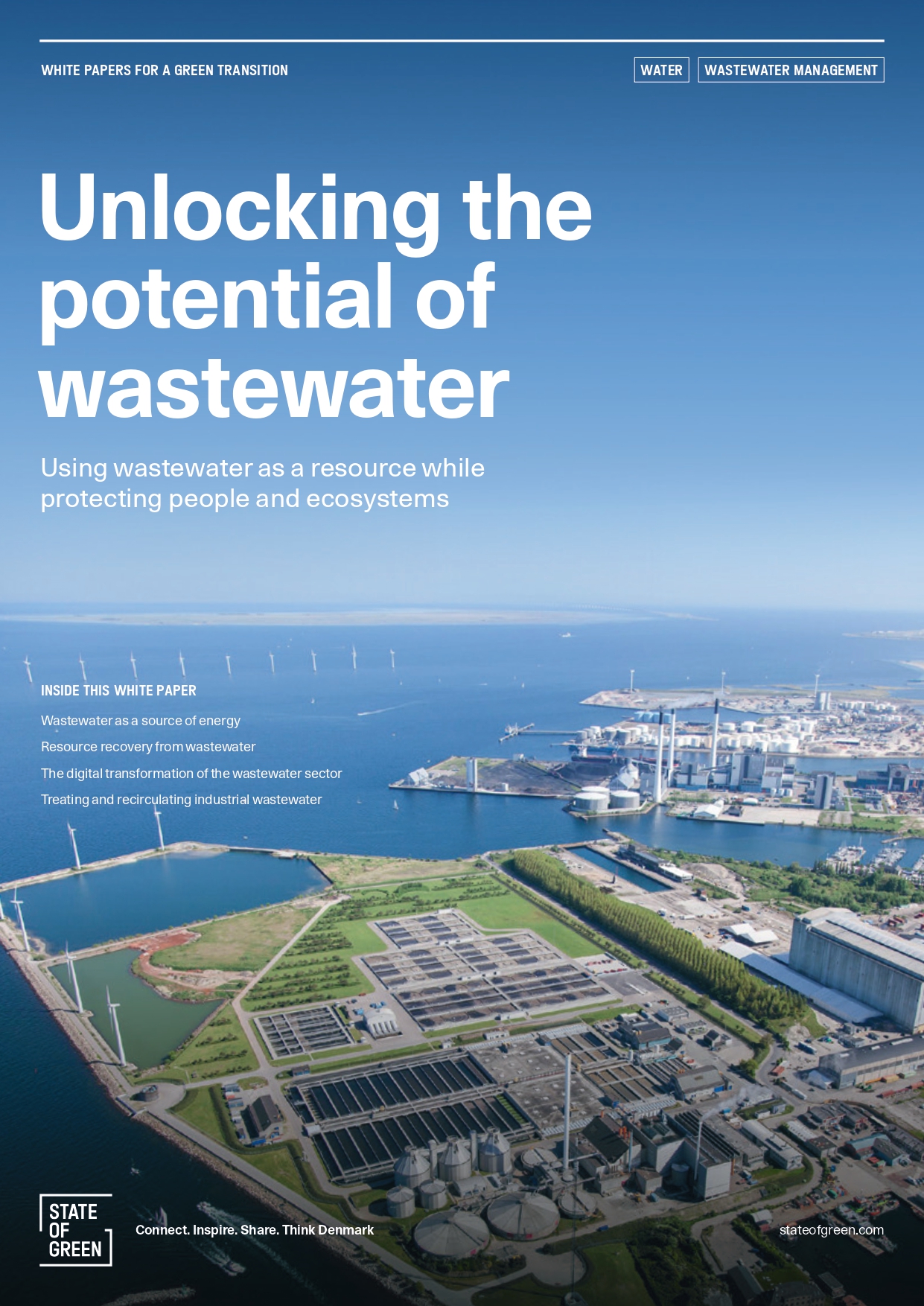Download our publication on unlocking the potential of wastewater
This article is a part of the publication “Unlocking the potential of wastewater”.
Explore the publicationPerspective
Policy frameworks
Climate partnerships
Wastewater management
+2

Photo: Christoffer Regild


This article is a part of the publication “Unlocking the potential of wastewater”.
Explore the publicationGeographically, Denmark is challenged by the lack of major water bodies to discharge pollutants from the cities. Consequently, environmental concerns have been a priority for many years, leading to strict regulations implemented since the 1980s. Danish standards for discharging into sensitive waters were further tightened in the 1990s. Much of Denmark’s environmental legislation has been adopted nearly in its entirety by the European Union.
Regulation as a driver for development
Today, more than 95 percent of all wastewater in Denmark is subject to tertiary treatment. Denmark was one of the pioneers in taking significant steps to reduce the negative effects of urban wastewater discharge on aquatic ecosystems. Instead of merely diverting pollution away from cities, innovative technologies treat urban sewage water to high standards that limit the negative and pollutive consequences on the surrounding environment. This has improved the quality of life in and around Danish cities both for humans and nature, and increased the appeal of the surrounding areas.
Public-private goal setting
In 2019, the Danish government enacted legally binding targets that oblige Denmark to achieve a 70 percent reduction compared to 1990 levels in its greenhouse gas emissions by 2030. To meet this goal, 14 public-private Climate Partnerships were established to bring together ideas and uncover barriers to the green transition. The partnership on water and waste set a goal of becoming energy and climate-neutral by 2030. In partnership with the government, the private sector set forth five suggestions for the water sector, proving it to be an ambitious sector:
Efforts and innovations in energy-efficient measures have significantly advanced the Danish water sector, bringing it closer to achieving energy neutrality. Additionally, the sector is committed to operational climate neutrality and will, in the coming years, develop methods to measure this progress to capture the extent of its achievements. The 2023 revision of the EU’s Urban Wastewater Treatment Directive will further accelerate the need for transformative solutions. The revision focuses on improved treatment of wastewater, increased reuse of wastewater, better monitoring, energy neutrality and the polluter pays principle for cosmetics and pharmaceutical industries.